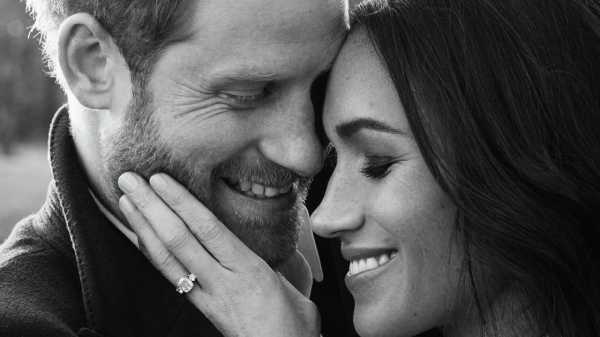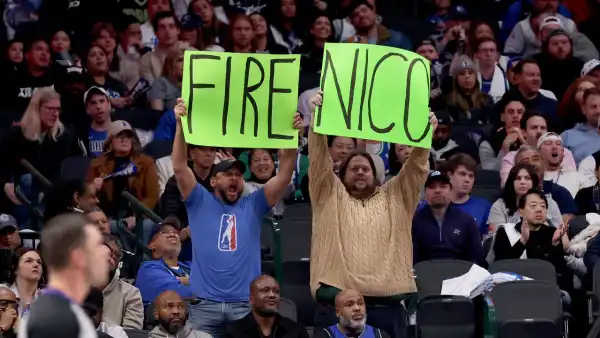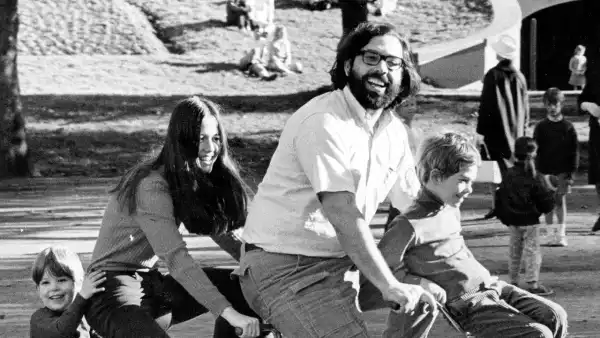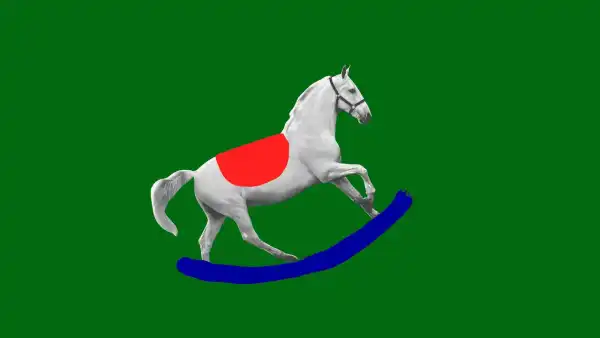
The ballads of Prince Harry and Meghan Markle are cascading through the cable box, with each prenuptial TV special fulfilling the purposes of capsule history, pop-cultural analysis, and commemorative tea towel. Friday night, on Fox, “Meghan Markle: An American Princess” spent two hours distinguishing itself as the brassiest among them: the most invigoratingly trashy, the most mischievous, the glitziest. A small gallery of authorities—“royal correspondents,” “etiquette experts,” “former butlers,” and so on—populate these shows, but only Fox has a graphics team that sets their names and occupations to sparkle onscreen, like cutlery glinting in candlelight.
Only Fox gathered the wisdom of two “body language experts,” one of whom approvingly evaluated the “thumb clamp” in the handshake of the bride-to-be. (“It’s almost like a hug.”) Only Fox allowed Markle’s half sister Samantha to complain that she had not been invited to the wedding, and to do so in language snide enough to convince viewers that the omission was perfectly just. (Samantha was also the one who urged their father to stage paparazzi photos of himself in recent weeks, before he announced that he would not be attending the wedding.) Only Fox invited the journalist Piers Morgan to reminisce about meeting Markle for a drink in a pub. “There was a moment when she started looking at her phone,” Morgan said. “That was almost certainly Prince Harry.” Almost certainly. (Such behavior is also extremely common among those who no longer wish to be having drinks with Piers Morgan.)
If the Fox show sounds insufficiently serious for your tastes, then tune into BBC America on Tuesday night for “Harry & Meghan: A Very Modern Romance.” It’s free of froth, brutally respectable. All of these specials indicate that the bride and groom share a sense of philanthropic mission and social purpose, but this one supports the point by presenting copious footage of speeches. Some of the specials mention that Harry, in his reckless youth, once wore a Nazi uniform to a costume party; where the others cite it vaguely in the course of painting the groom as a rascal redeemed by the love of a good woman, “A Very Modern Romance” seems all the more royalist for addressing it as if making an allocution. Going against the grain of romanticism, BBC America offers realism. One talking head ventures that Markle, older and more confident than the other women who have married into British royalty only to become divorced from it, has “a very good chance of making a good shot at this.” I don’t expect that line to be quoted in the wedding toasts.

Further Reading
More from The New Yorker on the royal wedding.
Until those toasts are raised, on Saturday, “Million Dollar American Princesses: Meghan Markle” will screen once or twice a day on the Smithsonian Channel. Markle is not at all the sort of person whom this series (which came to air on the coattails of “Downton Abbey”) specializes in profiling. The show generally chronicles the transatlantic marriage market as it existed back when the daughters of robber barons provided cash infusions to titled nobility; in the opening titles of each episode, the “S”s in “princess” sprout vertical strokes and flower into dollar signs. The show nonetheless brandishes an antique shoehorn to fit Markle into its scheme. A talking head declares that she “brings cultural wealth” to her marriage. It is commonplace for these specials to celebrate the bride’s social identity as a biracial American and her professional background as a television actress, but it is rare for them to suppose, as “Million Dollar American Princesses” does, that she might “safeguard” the future of the royal family “by making it more relevant to future generations.”
The hosts of “Inside the Royal Wedding: Harry and Meghan” (Wednesday, on NBC), Savannah Guthrie and Hoda Kotb, present a pregame tour of the spectacle for the benefit of a general audience, with the florist promising peonies and the Archbishop of Canterbury hoping not to drop the ring. Meanwhile, “Secrets of the Royal Wedding” (Friday, on TLC) aims for hard-core wedding connoisseurs—people who want to know about the architecture of the bride’s bouquet and who need to hear informed speculation about the after-party hors d’œuvres.
Balancing this mass of fact is one oddly intriguing slip of silly fiction, “Harry & Meghan: A Royal Romance,” which débuted Sunday night, on Lifetime. This recounting of the couple’s courtship is delightfully shoddy. When Harry comes home to Kensington Palace, he seems to be entering a pre-furnished, short-term rental. When he takes Meghan out for a glamorous evening, he wears a pre-tied bow tie. The lead actors, Murray Fraser and Parisa Fitz-Henley, bear an adequate resemblance to the actual couple, and they demonstrate a reasonable approximation of romantic chemistry. But the casting, otherwise spotty, combines with the production values to yield kitsch. “Kate and I binge-watch ‘Suits’ every weekend,” Prince William says. “I love that phrase, ‘binge-watch.’ ” (William tends toward a genial dopiness, as if he were a husband on a sitcom version of “The Crown.”)
“A Royal Romance” may be cheap, but it’s not phony. The crudeness of its construction suits its presence as a primal fairy tale. In an early scene, a young Harry visits Botswana shortly after his mother’s death. Encountering a lion at close range, the boy exchanges soul-enriching eye contact with the big cat, and prevents Prince Charles from shooting it dead. Later, when Harry takes Meghan to the savanna on their second date, he suggests that the lion was the reincarnation of his mother. “That’s insane, right?” Harry asks. “No, I don’t think so,” soothing Meghan replies. “It’s like she was watching over you.” They lock hands and walk into the sunset.
Most Harry-and-Meghan programming notes that, as a matter of British law, Queen Elizabeth needed to approve this marriage. This one, returning the lion to the screen in its third act, goes the further step of stating that Princess Diana, whose soul transmigrated into the traditional symbol of her nation, approved it, too. The primitive mysticism of the scene speaks directly. The production is made for purge-watching—for relieving a tension that the anticipatory documentary specials can only build.
Sourse: newyorker.com






